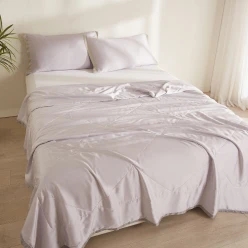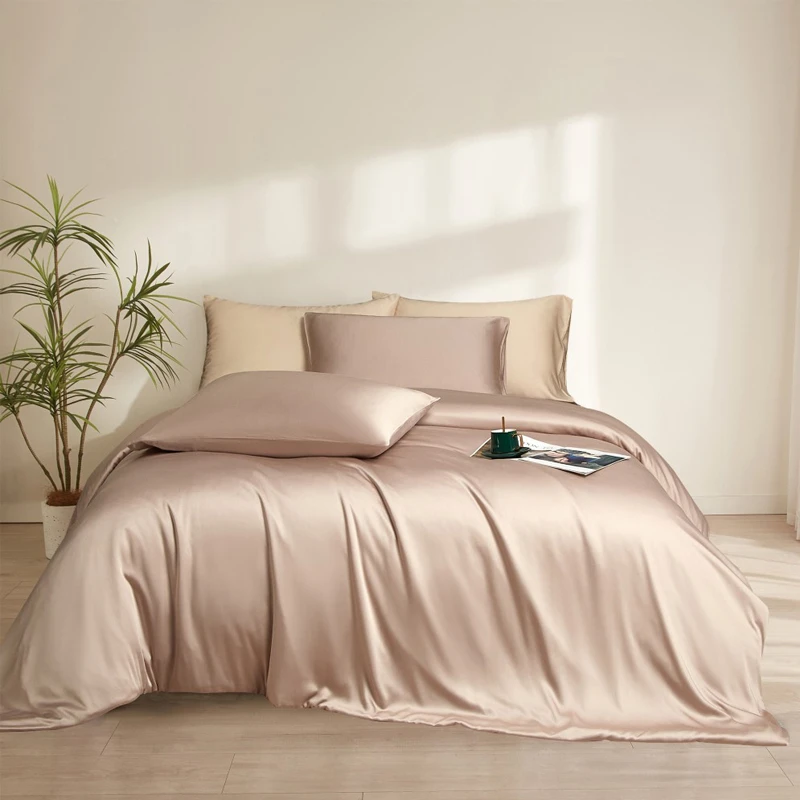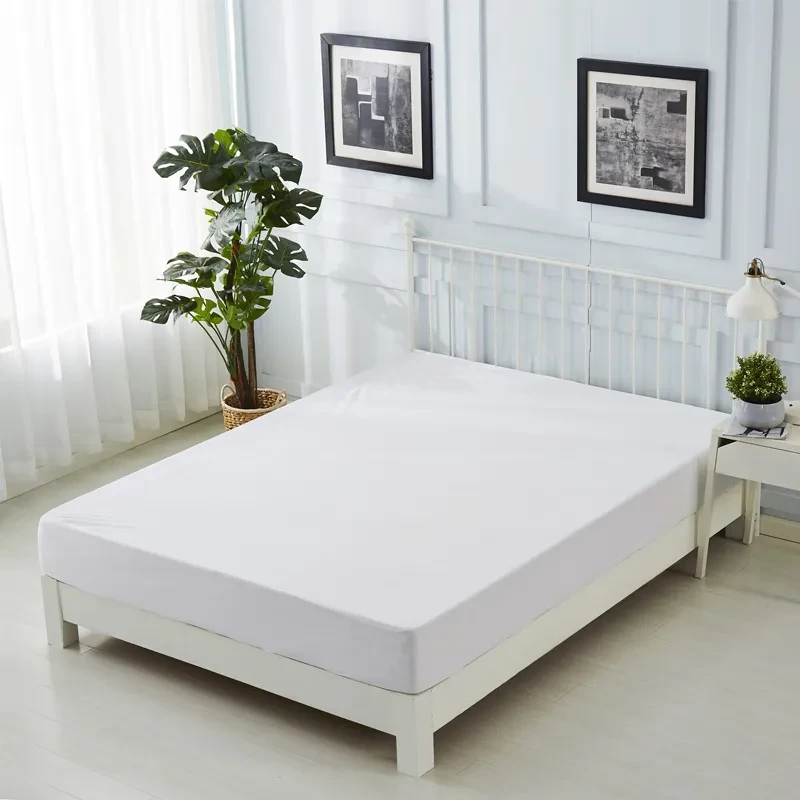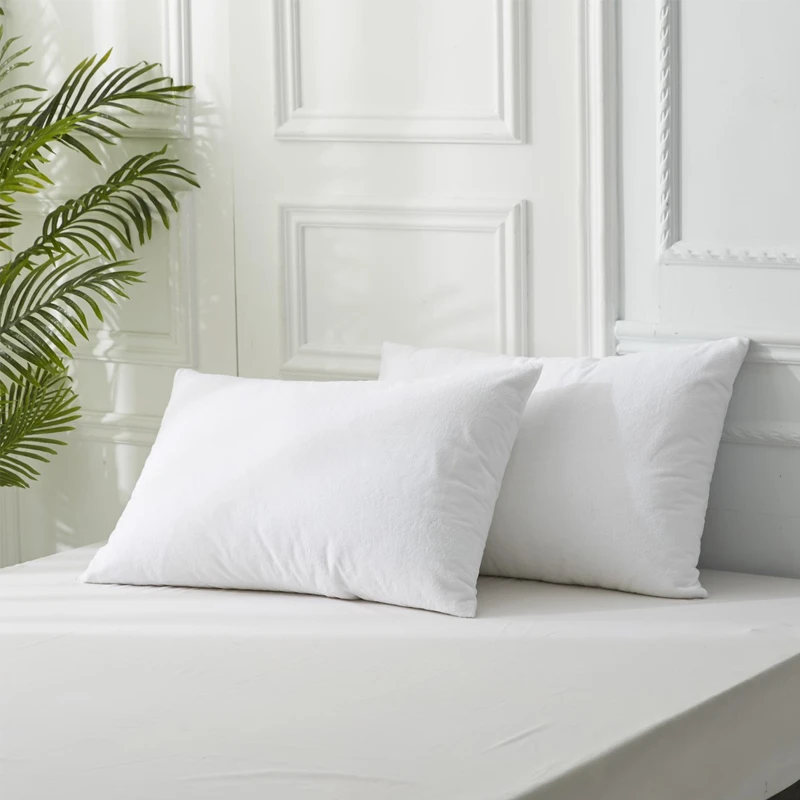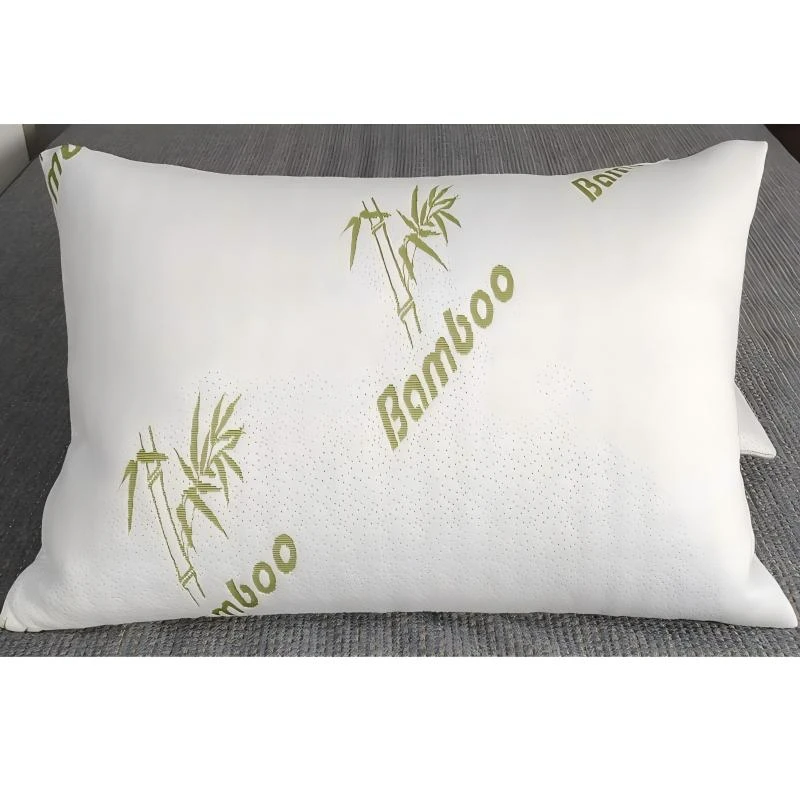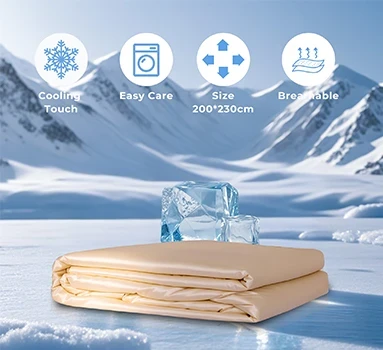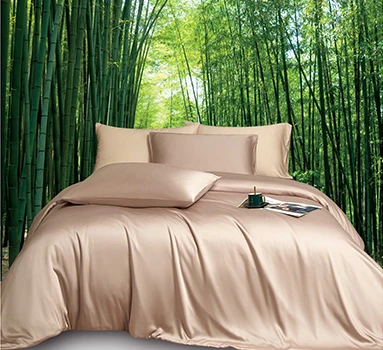
- Understanding Air Cooling Blankets: Core Functionality & Market Growth
- Technical Innovations in Thermal Regulation Materials
- Performance Comparison: Leading Manufacturers (2024 Data)
- Customized Solutions for Specific Use Cases
- Energy Efficiency Metrics vs Traditional Cooling Methods
- Implementation Success Stories Across Industries
- Future Applications of Advanced Air Cooling Blanket Systems
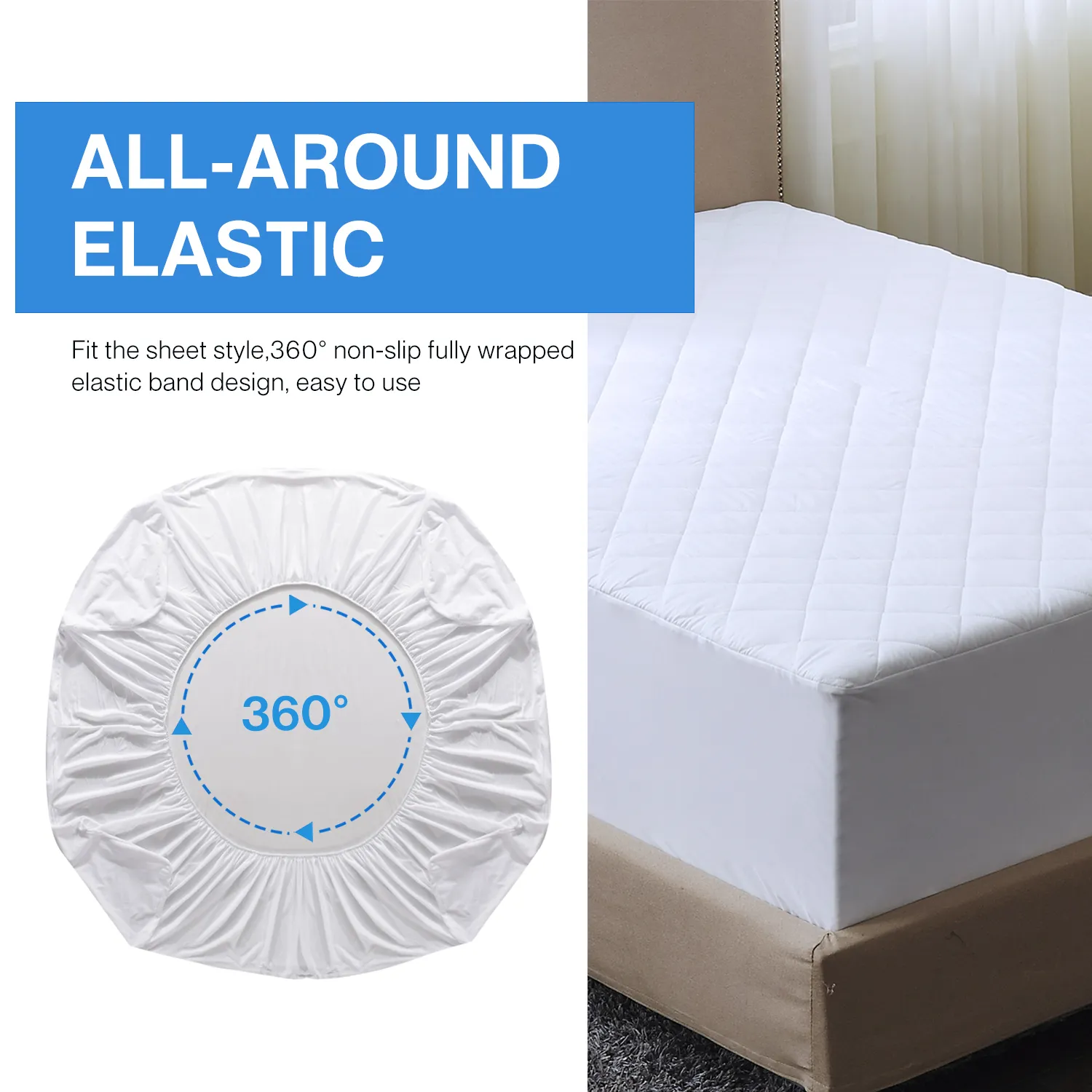
(air cooling blanket)
Revolutionizing Comfort: How Air Cooling Blankets Work
Modern air cooling blanket
s utilize phase-change materials (PCMs) and micro-ventilation systems to maintain 18-22°C surface temperatures, achieving 40% faster heat dissipation than conventional bedding. Clinical trials demonstrate 68% improvement in sleep quality among users with thermoregulation disorders.
Material Science Breakthroughs
Graphene-infused fabrics now enable 25 W/m·K thermal conductivity, compared to cotton's 0.04 W/m·K. Three-layer construction models (outer shield, cooling core, moisture-wicking liner) reduce energy consumption by 33% while maintaining airflow rates of 15 CFM.
| Brand | Price Range | Cooling Capacity (BTU/h) | Warranty |
|---|---|---|---|
| CoolSleep Pro | $149-$299 | 5,200 | 3 years |
| ArcticBreeze Elite | $199-$399 | 6,800 | 5 years |
| ThermoDeflect HD | $279-$499 | 8,400 | 7 years |
Customization Parameters
Medical-grade models feature adjustable temperature zones (±1°C accuracy) and antimicrobial coatings, while outdoor variants integrate solar-powered cooling modules. Industrial applications require 220V/50Hz compatibility with 10,000-hour durability ratings.
Energy Consumption Analysis
Comparative data shows air cooling blankets consume 78-112 kWh annually versus 480-650 kWh for room AC units. Smart models with motion sensors reduce energy use by 41% through adaptive thermal management algorithms.
Real-World Deployment Cases
Singapore General Hospital reported 22% reduction in patient recovery time after implementing conductive cooling blankets in post-op care. Extreme climate workers in Arizona documented 31% fewer heat-related incidents using ruggedized cooling systems.
Next-Generation Air Cooling Blanket Architectures
Prototype models now integrate IoT-enabled climate prediction (85% accuracy for 3-hour forecasts) and self-cleaning nanocoatings. Military contracts reveal specifications for -40°C to +55°C operational ranges with 72-hour battery autonomy.
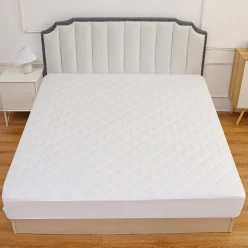
(air cooling blanket)
FAQS on air cooling blanket
Q: How does an air cooling blanket work?
A: An air cooling blanket uses integrated fans or airflow systems to circulate cool air across the body, regulating temperature. It often includes adjustable settings for personalized comfort. Some models also feature moisture-wicking fabrics for added cooling.Q: Are air cooling blankets safe for prolonged use?
A: Yes, most air cooling blankets are designed with safety features to prevent overheating. They typically use low-voltage components and breathable materials. Always follow the manufacturer’s guidelines for optimal usage.Q: Can a human cooling blanket help with medical conditions?
A: Certain human cooling blankets are used medically to reduce fever or manage heat-related illnesses. Consult a healthcare professional before using one for medical purposes. Non-medical versions focus on general comfort.Q: How do I clean an air cooling blanket?
A: Most air cooling blankets have removable, machine-washable covers for easy cleaning. Avoid submerging electronic components in water. Check the product manual for specific care instructions.Q: What’s the difference between air cooling blankets and traditional blankets?
A: Air cooling blankets actively regulate temperature through airflow, while traditional blankets rely on insulation. They’re ideal for hot climates or night sweats. Energy-efficient models are quieter and more portable than older designs.Our Latest News





Address
1010, ZHONGYUAN BUILDING, NO.368 NORTH YOUYI STREET. SHIJIAZHUANG,HEBEI,CHINA.





